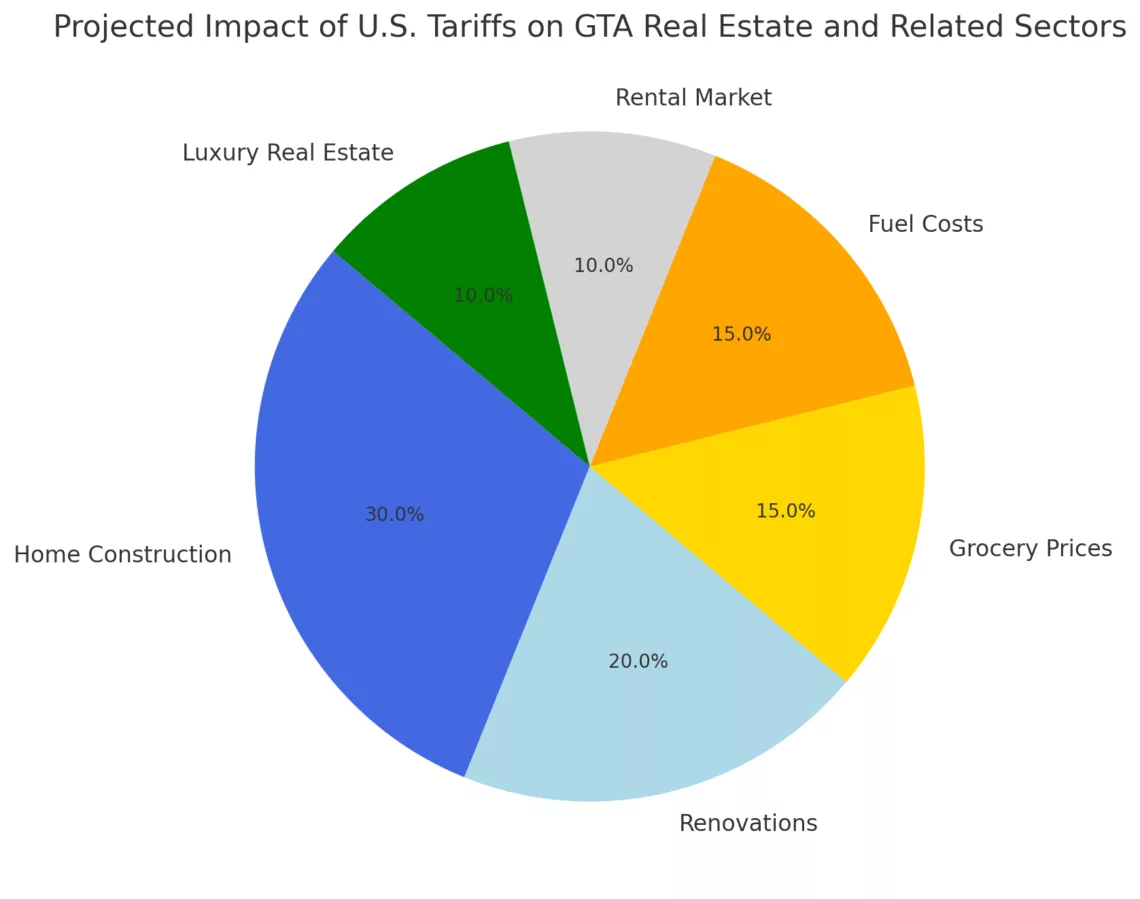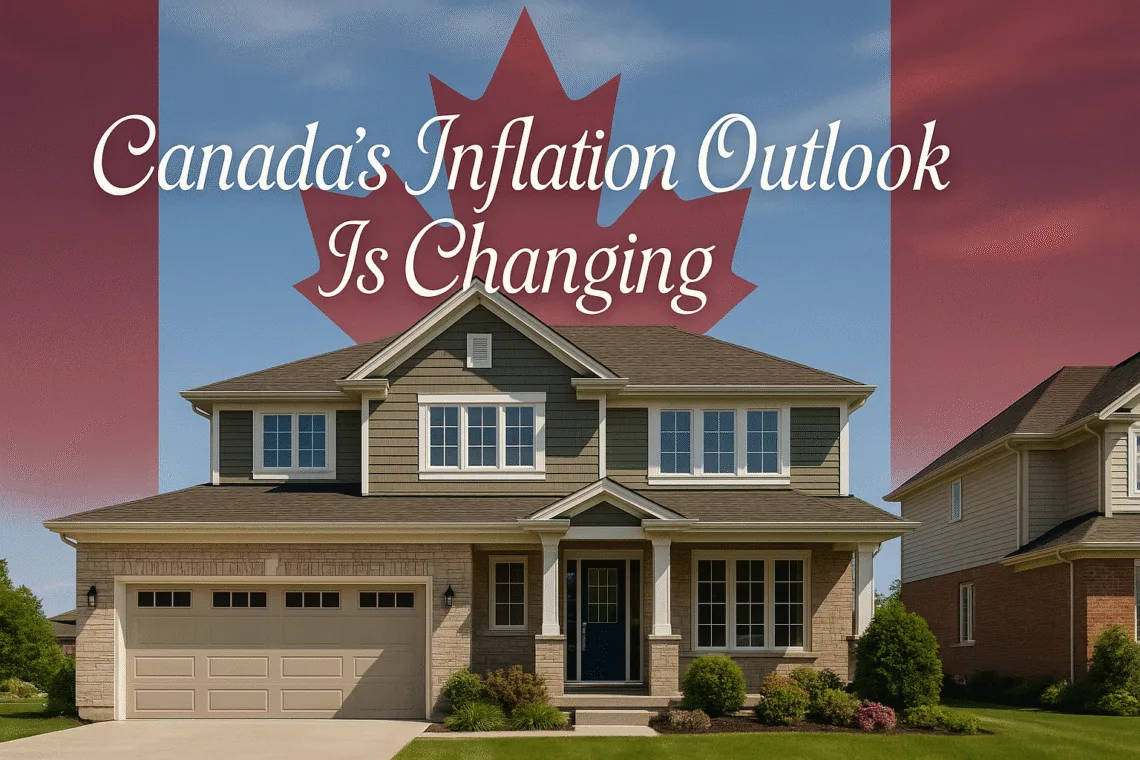
The real estate market in the Greater Toronto Area (GTA) is constantly evolving, and new challenges often bring unexpected opportunities. With U.S. President Donald Trump’s proposed tariffs on Canadian goods, industries are adapting—but what does this mean for homebuyers, sellers, and investors in the GTA? Let’s explore how these changes could shape the market and what steps you can take to stay ahead.
Navigating a Changing Market: How Buyers and Sellers Can Benefit
While tariffs could increase the cost of materials and consumer goods, they also encourage local sourcing and innovation. Builders and developers may turn to Canadian suppliers, boosting domestic production and reducing reliance on imports. This shift can create more jobs and potentially stabilize pricing in the long run. Here’s how different groups can adapt:
- Homebuyers – With potential slowdowns in new construction, buyers may find better deals on existing homes. Locking in a mortgage rate before further economic shifts can also provide security.
- Sellers – A reduced supply of new homes could make existing listings more desirable, leading to increased competition and favorable selling conditions.
- Investors – Fluctuations in the market often present buying opportunities. Investors can explore properties with high rental demand or focus on strategic upgrades that add value.
Supporting Local: A New Era for Canadian Construction
As tariffs drive up the cost of U.S.-imported goods, Canadian manufacturers and suppliers are stepping up to meet demand. This could lead to:
- More locally sourced building materials – Supporting Canadian businesses helps strengthen the economy and could stabilize construction costs over time.
- New job opportunities – Growth in domestic manufacturing and construction could boost employment rates, positively impacting the real estate sector.
- Government incentives – Future policies may encourage local development, offering tax breaks or grants to builders using Canadian materials.
For homebuyers and investors, this shift means increased confidence in long-term property value and the potential for new projects in the GTA.

Affordability Strategies for Buyers
Rising prices on certain goods don’t have to put homeownership out of reach. Here are a few ways buyers can navigate potential cost increases:
- Explore pre-construction opportunities – Some developers lock in pricing ahead of time, allowing buyers to secure a home before costs rise.
- Look beyond the core GTA – Expanding your search to up-and-coming neighborhoods can offer better value and investment potential.
- Take advantage of incentives – Government programs for first-time buyers or energy-efficient homes can help offset expenses.
Investing with Confidence: Finding the Right Opportunities
For real estate investors, adapting to change is key. While tariffs may shift the landscape, they also open new doors:
- Commercial real estate growth – Canadian businesses may expand operations to produce goods locally, increasing demand for industrial and office space.
- Rental market resilience – As living costs fluctuate, more people may turn to renting, strengthening demand for rental properties.
- Renovation potential – Smart renovations can increase a home’s value, and sourcing materials strategically can help mitigate cost increases.

Looking Ahead: How to Stay Ahead in the Market
Despite economic shifts, one thing remains constant: real estate continues to be a strong investment. The key is to stay informed, adapt strategies, and make decisions based on market insights.
💡 Want to stay ahead in the real estate market? Subscribe to our blog for expert insights, market updates, and personalized guidance. If you have questions about how these changes impact your real estate plans, Contact us today!
Contact Us
Equip yourself with the knowledge to navigate the complexities of the real estate landscape confidently.



